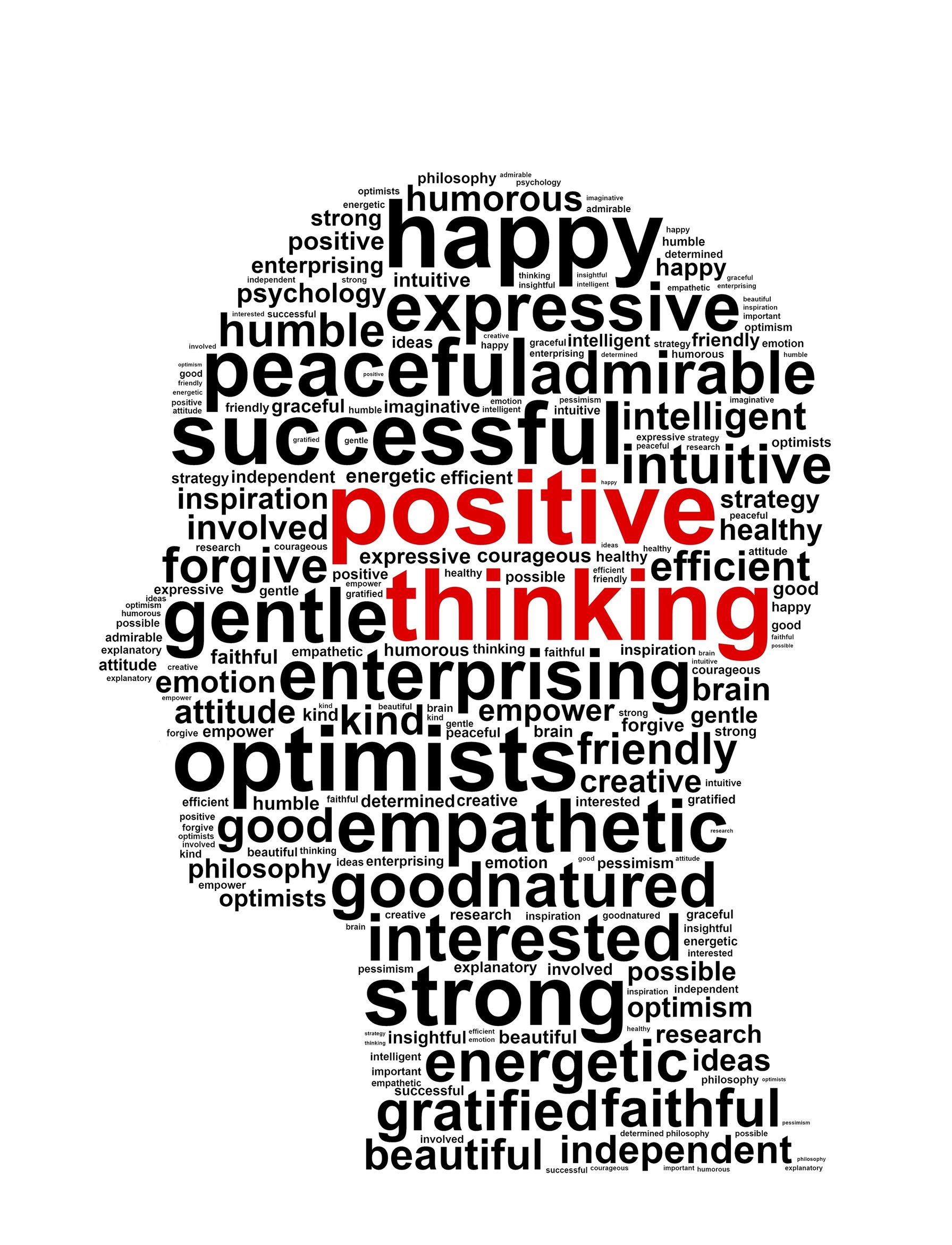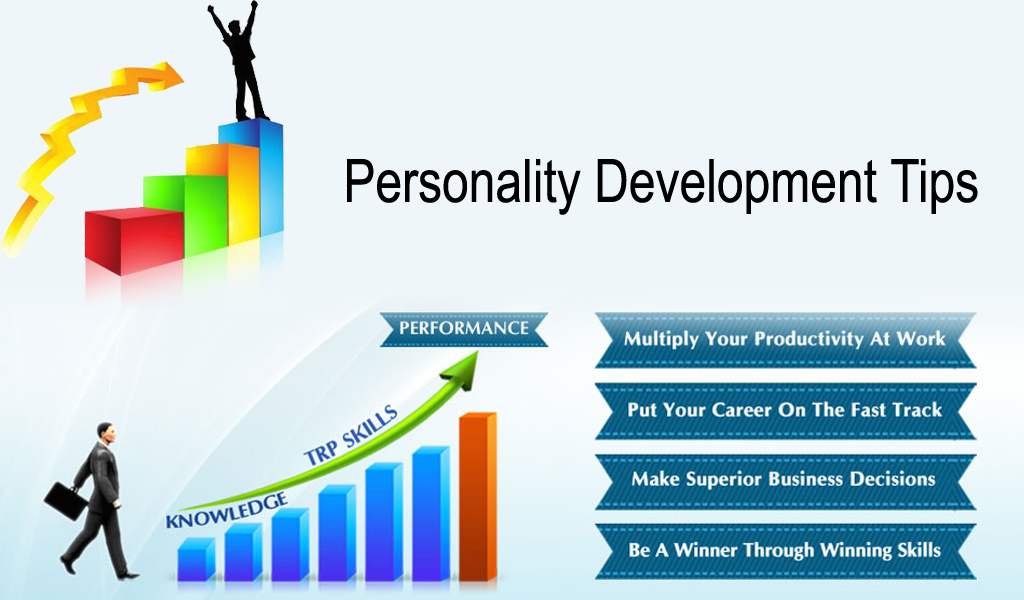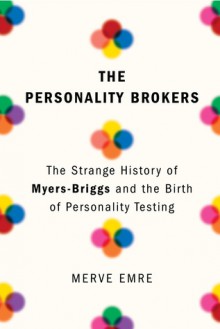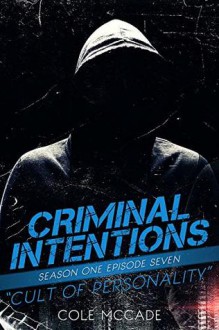
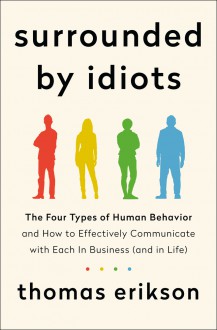
I am giving a short review in English and Croatian / Kratak osvrt napisan je na engleskom i hrvatskom jeziku
Short review in English:
I happened to stumble upon this book in my local library (yes, I still go to one and I love it) and the title itself caught my eye. Since lately I have been thinking that quite a bit myself ('there are so many idiots around me') this title just resonated with me and I had to read it immediately. I had different expectations about what this book is about but this turned out to be quite an entertaining read even though I expected a more humorous read.
This book is about the four types of personalities, red - yellow - green - blue. It corresponds with the four temperament theory by Hippocrates. Red ones are dominant ones rushing to the goal, yellow ones are quick to act dreamers and talkers who don't see things through, green ones are reluctant to speak out and get noticed and they hate change, they prefer stability and known and then there are the blue ones, the calculated quiet stoic perfectionist types who might not get the job done but the process which they have undergone to get it done will be perfect.
After each title and an explanation of the chapter we have each type listed and it is explained how they see it or how others see them in this or that situation and how best to approach them or resolve an issue with that particular type. Some individual amusing stories might be involved in the process but not always.
This book is very simplistic and will bring nothing new to the table if you are already familiar with personality types and studies. If you are not, this might be a good introduction to them. But if you are you will keep reading thinking: "...okay, when will the revolutionary part come on". Meaning, you will be hoping for something more than the basic general knowledge. And you won't get it. Because this is bare minimum that you need to know about personality types. Also, I did not much care for those amusing stories being made up stereotypes about each colour. I wish the stories showed more diversity and how most people are a mix of more colours which makes all of us unique and intriguing and much more complicated than the author would have you believe.
I will say this though, reading about the author's education and work experience, I definitely admire his work results and his skills. But he emphasises his greatness in almost every chapter of this book which definitely makes him seem like a big show-off. And I am not sure he has that much to show off in this book because it is so simplistic and repetitive with clearly made up examples to serve the purpose that you cannot help but feel like you knew all of that already and that you have just wasted some of your time even though he does write in an easy to read and understand style so it is not a hard sit.
With that being said, I do not hate this book, I enjoyed some parts and by some parts I was thoroughly bored by. Plus, I could not figure out in which stereotype category to force myself in. I displayed characteristics of all four colours and the author states that in his 20 years of work he has never met someone with all four characteristics and that people just lack in self-reflection so I must just seriously lack in self-reflection. Or I am just a complicated human being whom he cannot so simply throw in one category and move on.
Kratak osvrt na hrvatskom jeziku:
Na ovu sam knjigu naišla posve slučajno u mojoj lokalnoj knjižnici (da, dobro ste pročitali, još uvijek odlazim u knjižnicu i zaista je volim), a njen naslov je bio taj koji mi je odmah privukao pozornost. Pošto u zadnje vrijeme često mislim kako sam okružena idiotima, u tom sam naslovu i autoru prepoznala istomišljenika. Smatrala sam da će to biti lako ljetno štivo prožeto humorom i anegdotama no ispalo je ponešto drugačije što nije nužno loše no nije niti ono čemu sam se nadala.
U ovoj se knjizi predstavljaju i objašnjavaju četiri tipa osobnosti koje su predstavljene kao crvena - žuta - zelena - plava. One odgovaraju četiri tipa temperamenta koja je predstavio Hipokrat. Crveni su dominantni i žure ispunjenju svog cilja nauštrb pogreškama, žuti su također brzi u poduzimanju nečeg, osmišljavanju i kovanju velikih planova no često ih ne završe već radije započnu novi veliki plan jer im je bitno da je nov, kreativni su i obožavaju pričati, zeleni su oni koji izbjegavaju sukobe, pokušavaju svima ugoditi, teško im je reći ne i ispuniti će svoje obaveze no nikad neće preuzeti inicijativu ili žuriti ili učiniti nešto spontano i kreativno, oni vole stabilnost i stagnaciju, plavi su hladni i proračunati, šute i kalkuliraju, uvijek provjeravaju sve činjenice više puta što ih čini sporima, ali točnima, ne vole se oslanjati na osjećaje i rade sve po pravilima.
Knjiga je podijeljena na poglavlja koja se orijentiraju na određene situacije te iza svakog kratkog uvoda imamo zastupljena sva četiri tipa osobnosti i njihovo reagiranje u danim situacijama ili objašnjenjem kako drugi te tipove vide ili kako bi se mi kao suprotne ili iste boje trebali odnositi prema toj konkretnoj boji. Ponekad su uz boje navedene i šaljive priče koje bi trebale demonstrirati tu boju u stvarnom životu.
Ova je knjiga vrlo jednostavna te ne zahtijeva nikakvo predznanje o ovoj temi. Toliko je jednostavno napisana da se ponekad čini prejednostavnim. Autor želi dočarati ovu temu svim čitateljima pa polazi od činjenice da većina neće imati mnogo predznanja o ljudskom ponašanju i tipovima ličnosti što može dovesti do toga kako neki od čitatelja mogu osjećati da im se autor obraća svisoka odnosno smatra ih manje inteligentnima. U nekoliko sam se primjera i ja tako osjećala kad sam čitala njegove izmišljene priče koje je dao kao primjer u određenim situacijama jer su izmišljeni ljudi u tim pričama bili toliki stereotipi neke ljudske karakteristike da bi bilo pravilno usporediti ih sa shvaćanjem 'viceva o plavušama' potpuno istinitim i neupitnim. I to ne samo za tu jednu 'plavušu' u pitanju već o svim ženama rođenima s plavom bojom kose. Ljudi nisu primjer samo jedne te boje, ljudi su komplicirana bića koja su kombinacija tih boja i svaka od boja dolazi do izražaja u nekoj situaciji.
Autor ove knjige, Thomas Erikson, ima impresivan život iza sebe, visoko obrazovana osoba sa raznolikim radnim i životnim iskustvom i nadasve iskustvom rada sa mnoštvom različitih ljudi što je nešto zbog čega ga cijenim i vrednujem njegovo znanje. No, imam osjećaj kako u ovoj knjizi često i on sam to napominje i to malko previše jer ispada poprilično egoističan i sveznalica.
Nakon detaljnog čitanja ove knjige i istraživanja ove teme te samog autora ja još uvijek ne znam u koju bi boju trebala strpati sebe. U različitim životnim situacijama pokazujem karakteristike sve četiri boje i ni jedna po ovim stereotipima koje je on prikazao mi nije dominantna. To me poprilično razočaralo. Posebice zato što je autor napomenuo kako ni jednom nije sreo osobu sa sve četiri boje i kako smatra da nije vjerojatno da one postoje. Vjerojatno je onda stvar u činjenici da nisam dovoljno osviještena o samoj sebi, mom karakteru i mojim osobinama. Bilo bi mi drago kad bi autor koji tvrdi da toliko zna i da u jednom razgovoru može raspoznati kojim bojama osoba pripada, malo približi i nama samima kako da to otkrijemo za sami sebe, a ne samo za ljude koji nas okružuju. No, to bi bilo očekivati nešto više od ove pojednostavljene verzije već postojećih tipova osobnosti.

 Log in with Facebook
Log in with Facebook 
